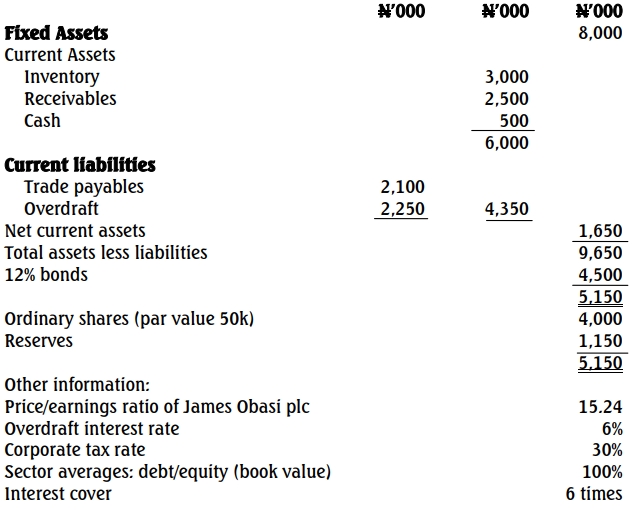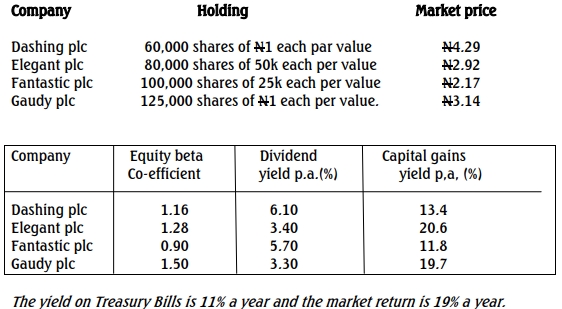- 20 Marks
FM – Mar2025 – L2 – Q5 – Working Capital Management
Compute Gagba LTD's working capital requirement after a 15% sales increase using provided financial and operational data.
Question
a) Gagba LTD, a manufacturing company, is planning to expand its operations to meet increasing demand for its products. As part of this expansion, the company needs to determine its working capital requirements to ensure smooth operations and avoid liquidity issues. The company has provided the following financial and operational data for the year ended 31 December 2023:
- Sales Data:
- Annual Sales: GH₵18,000,000
- Cost Data:
- Cost of goods sold (COGS): 70% of sales
- Inventory turnover ratio: 8 times per annum
- Accounts receivable turnover ratio: 6 times per annum
- Accounts payable turnover ratio: 4 times per annum
- Operation Data:
- Average inventory: GH₵1,500,000
- Average Accounts receivable: GH₵2,000,000
- Average accounts payable: GH₵1,200,000
- Additional Information:
- Desired Cash balance: GH₵500,000
- Projected Increase in Sales due to expansion: 15%
- Cost of capital: 12% per annum Required: Compute the working capital requirement for Gagba LTD after the planned expansion. (10 marks)
b) The Ministry of Health in Ghana is conducting a review of its procurement practices and the overall performance of its Public Financial Management (PFM) system. The review aims to enhance value for money in public spending while adhering to the principles outlined by the Public Expenditure and Financial Accountability (PEFA) framework. You are provided with the following data for the fiscal year 2023:
-
- Budgeted Public Expenditure: GH₵50 billion
- Actual Public Expenditure: GH₵52 billion
- Total Procurement Expenditure: GH₵25 billion
- Value of Contracts Awarded through Competitive Tendering: GH₵15 billion (60 contracts)
- Value of Contracts Awarded through Restricted Tendering: GH₵5 billion (20 contracts)
- Value of Contracts Awarded through Single-Source Procurement: GH₵5 billion (20 contracts)
- Number of Procurement Violations Detected: 15 (with a total value of GH₵300 million)
- Disposal of Stores and Equipment: GH₵100 million Required: i) Analyse the variance in the public expenditure and its implications for the PFM system in Ghana. (3 marks) ii) Discuss which procurement method appears to provide the best value for money with suitable computations. (7 marks)
Find Related Questions by Tags, levels, etc.






